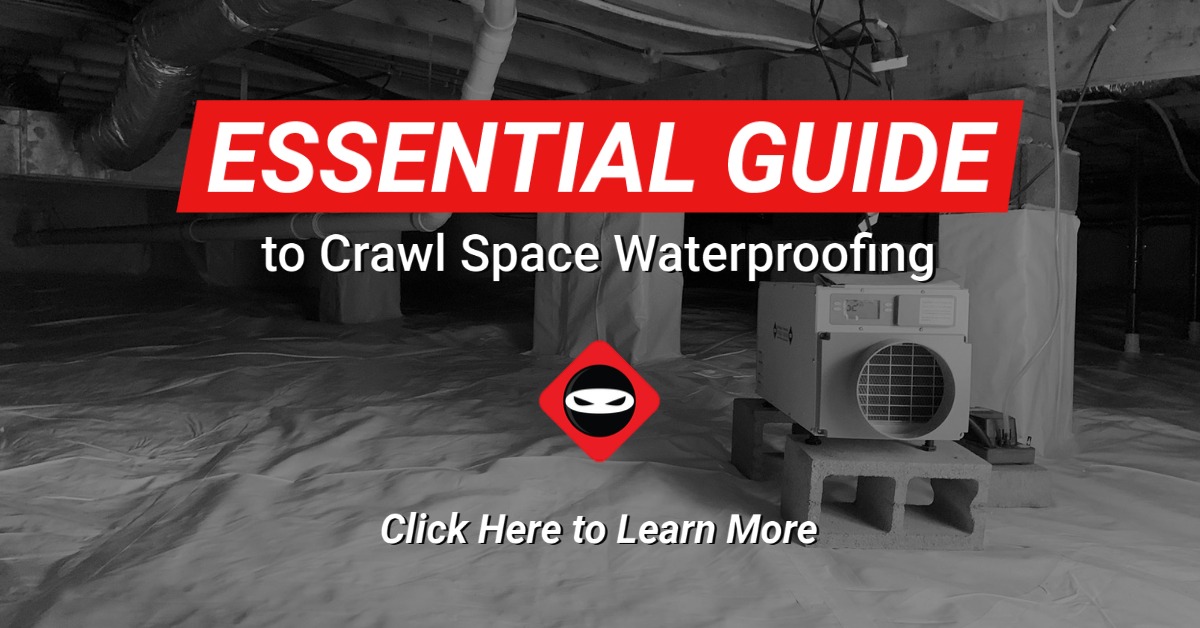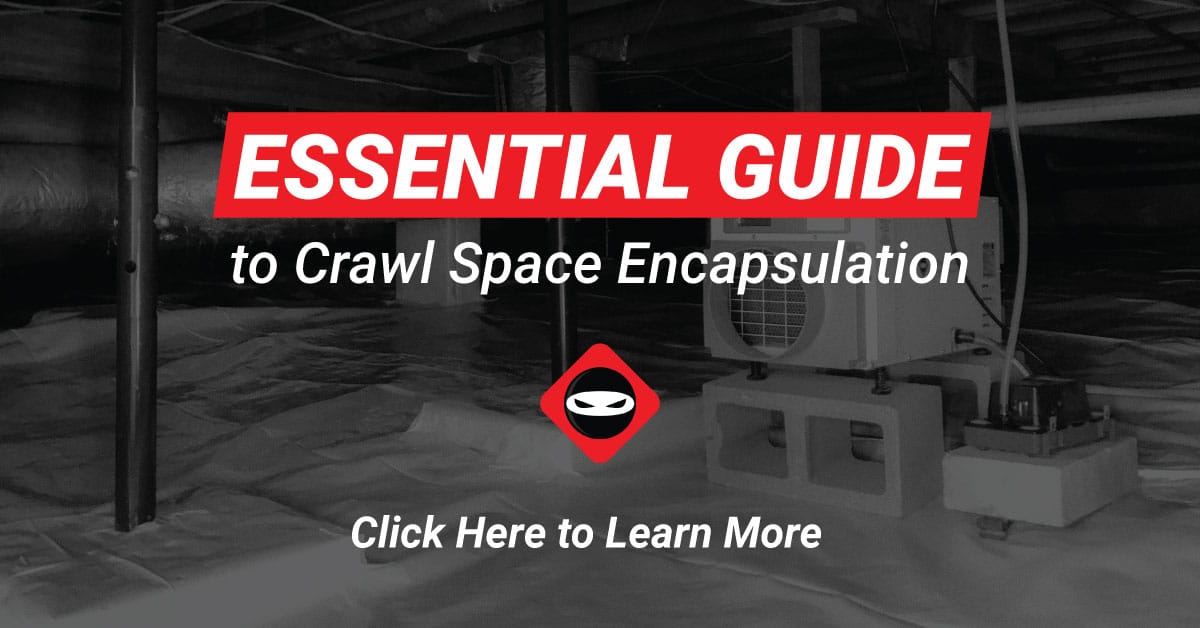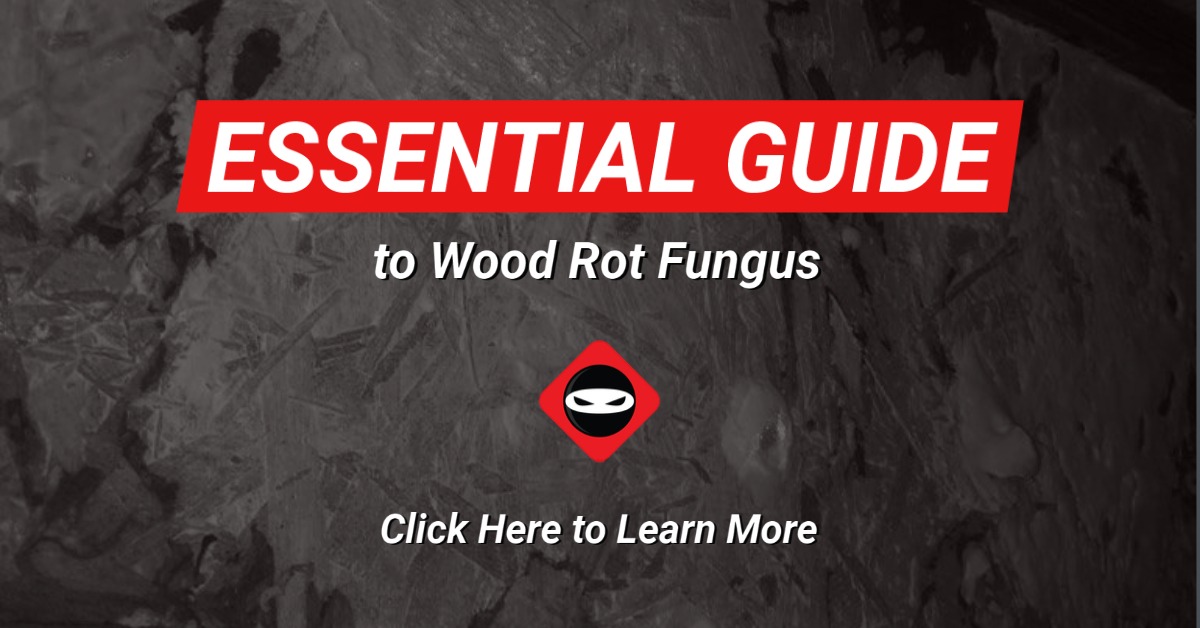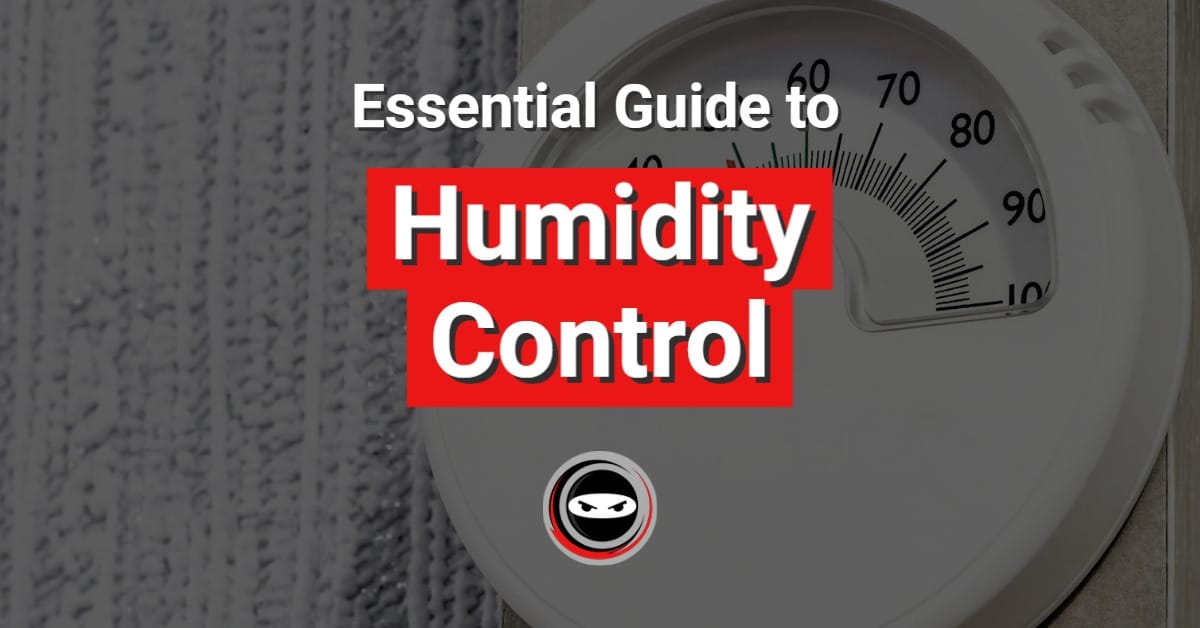Homeowners have shared their frustrations with me about how vented crawl spaces are portrayed as a way to control moisture. There is so much dated information that is still being shared today that if your crawl space is went, you need more vents. We constantly get asked, do I need a dehumidifier? With rare exception, the answer is yes. That being said venting a crawl space does still serve a purpose.
Will a Vented Crawl Space Control Humidity?
Many homeowners that move from dry climates to humid climates may not be aware of the impact outside humidity has on a vented crawl space. When the relative humidity averages 70 percent. That humid air will create moisture problems in vented crawl space. The cold ductwork mixed with humid outside air creates damp wood. Damp wood grows mold and wood rot fungus. Wood rot fungus can affect the structural integrity of the home, while mold growth can affect the indoor air quality. Vented crawl spaces are not a good way of controlling crawl space moisture in humid areas.
Vented Crawl Space Problems
A vented crawl space is the most commonly built crawl space in most areas of the country. They have been around the longest and are still being built today. The vented crawl space is designed to allow air to pass freely between the inside and outside. This is done through foundation vents that may also have fans installed. Here is a look at some of the items installed and potential issues with vented crawl spaces:
- Fiberglass subfloor insulation
- Loose laid vapor barrier
- Foundation vent fans
- Likely to attract more insects, rodents, mold and fungus due to damp environment and nesting material
- Humidity tends to be high in the summer and low in the winter
- Experience more heat loss and condensation if ductwork is present
- Subfloors and joists hold more moisture especially when fiberglass subfloor insulation is present
- Allow pipes to freeze more often
- May cause the living space to smell musty if mold is present
- Since heating and cooling loss occurs, utility bills may be higher
What Does Research Say?
The engineers and scientists at Oak Ridge National Labs in Oak Ridge, Tennessee did a study of vented crawl space. Here is part of what they wrote:
“The principal perceived advantage of a vented crawl space over an unvented one is that venting may limit radon and moisture-related decay hazards by diluting the crawl space air. Additionally, providing a vented crawl space may make sense in flood-prone areas such as coastal zones subject to hurricanes. Venting can complement other moisture and radon control measures such as ground cover and proper drainage.
However, although increased air flow in the crawl space may offer some dilution potential for ground source moisture and radon, it will not necessarily solve a serious problem. Vented crawl spaces are often provided with operable vents that can be closed to reduce winter heat losses, but also potentially increase radon infiltration. Although not their original purpose, the vents can also be closed in summer to keep out moist exterior air that can have a dew point above the crawl space temperature. This approach, however, requires a high level of informed occupant participation to be successful.” ~ Oak Ridge National Labs
Why Did Mold Suddenly Grow?
Time and time again when speaking with homeowners we hear how the crawl space had never had a mold issue and then all of a sudden it begins to smell musty, insulation starts falling and visible mold appears. They many times don’t know why for years the crawl space was fine and then it became an unhealthy environment. During our interview process one home improvement project that stands out more than any other that may be linked to the sudden change in the crawl space is the installation of a more powerful HVAC system.
New HVAC System
Upgrading from a very inefficient heat and air unit to a very efficient one may be the cause of increased humidity in a vented crawl space. If you live in a home built 20 years ago and you go from a 10 to 20 year old HVAC unit to a 14 SEER system that blows cold air way more effectively than before, that cold air can affect the crawl space.
We have seen homes where they upgraded the HVAC unit but not the ducts due to expense or maybe they were in good shape. Ducts installed 20 years ago have a different R value of insulation than today but even the R value installed today may not be effective at creating a thermal barrier between the warm summer crawl space air and the cold HVAC air. When a cold duct meets warm moist crawl space air, it’s like a cold glass of tea on a hot summer day. Sweating occurs on the ducts and that sweat evaporates and is absorbed by the surround insulation and wood.
Batt Insulation like Fiberglass or Mineral Wool
Due to the air transfer of a vented crawl space, it is common practice to insulate the subfloor with batting insulation. When cool air enter the crawl space in the winter, batting installed in the floor creates a thermal barrier to help keep flooring warmer.
Batt style insulations are also home to pests like rodents, opossums, snakes, ants, cave crickets and more. Batting will also absorb humidity and hold it against the surrounding wood studs and subfloor. Any plumbing leaks can also be absorbed and even hidden by batt insulation. Hidden plumbing leaks and water soaked batt insulation can cause mold to grow and even wood rot fungus to set it. Wood rot fungus will eventually destroy any wood it feeds on.
Add More Vents or Foundation Fans
Some companies in our area are still preaching more ventilation is better. The average humidity in East Tennessee is 70%. It is recommended to keep a crawl space at 45% to 55%. Adding more vents or foundation vent fans increase humidity in the summer and can also be the catalyst that created a more mold filled crawl space. If you install more vents or fans be sure to install a humidity reader to make sure they are working as promised. Chances are you will be asking for a different solution when you see the results.
Control Crawl Space Humidity
Controlling crawl space humidity is the key to a healthy crawl space and a healthy home. It is the same for basements too. A wet moldy basement or crawl space can affect resale value and maybe even your health. Dust mites and mold flourish in damp environments so make sure you choose PROVEN methods to creating a clean, dry and efficient crawl space. That will most likely include you installing a crawl space dehumidifier and sealing the vents to control humidity.
Ready to find out more?
Drop us a line today for a quote!
What Next?
Do you need help with mold removal, crawl space encapsulation, crawl space insulation, vapor barrier, waterproofing, or controlling humidity in your crawl space and you live in Georgia, Delaware, North Carolina, South Carolina, Tennessee, Ohio, or Kentucky? If so, please contact us to schedule your assessment. Also, let us know in the comments below if you have an idea for a new blog topic.
Perhaps you’d like to tackle your own crawl space repair. Visit our DIY Store.
Contact us if you need help fixing your crawl space or yard drainage by clicking here.
Learn about Crawl Space Ninja Franchise opportunities.






6 thoughts on “Vented Crawl Spaces”
Thanks for explaining how I can control crawl space humidity by installing better ventilation. I think you’re right about how it’s important to make sure that it’s properly ventilated to prevent mold growth. You’re right about how mold flourishes in damp environments, so I should do more to keep my crawl space clean and dry. You said something interesting about how a good vented crawl space is designed with fiberglass batts for insulation and a vapor barrier installed on the floor. Maybe I should install those things to improve the condition of my crawl space. Thanks for posting this!
Thanks for your comment. Just remember a vented crawl space only works if the make-up air humidity is low. If you are having trouble controlling humidity, you may want to look into a dehumidifier.
I would say that it would be beneficial to have a vented crawl space in the winter, if the homeowner has a gas furnace. This would allow oxygen to get to the furnace. There is a concern that if the crawl space is sealed off, this could become a problem in the winter months. In the summer, they can be sealed to ward off excess humidity.
Great point – this is why we do a hybrid system per EPA standards to both ventilate and control humidity. Thanks for the comment.
Hello! We had our crawl encapsulated by Ninjas in NC and are now faced with replacing our furnace and AC units. As you know code requires outside / fresh air intake venting to the furnace, however this was discussed but not done during encapsulation due to installation of the vent fan and dehumidifier. The furnace / AC installer is insisting on the fresh air vent despite the existing circulation provided by the vent fan and dehumidifier. Do these installed methods meet requirements for furnace fresh air intake when applied properly? What is your position and/or code interpretation on this application? Thank you
I am not aware of the crawl space ventilation meeting the HVAC code ventilation requirement unless the crawl space air exchanges are factored into the overall building envelope and I doubt they (HVAC contractor) would do that. You probably need an energy auditor do that with blower door testing. I hope that helps.